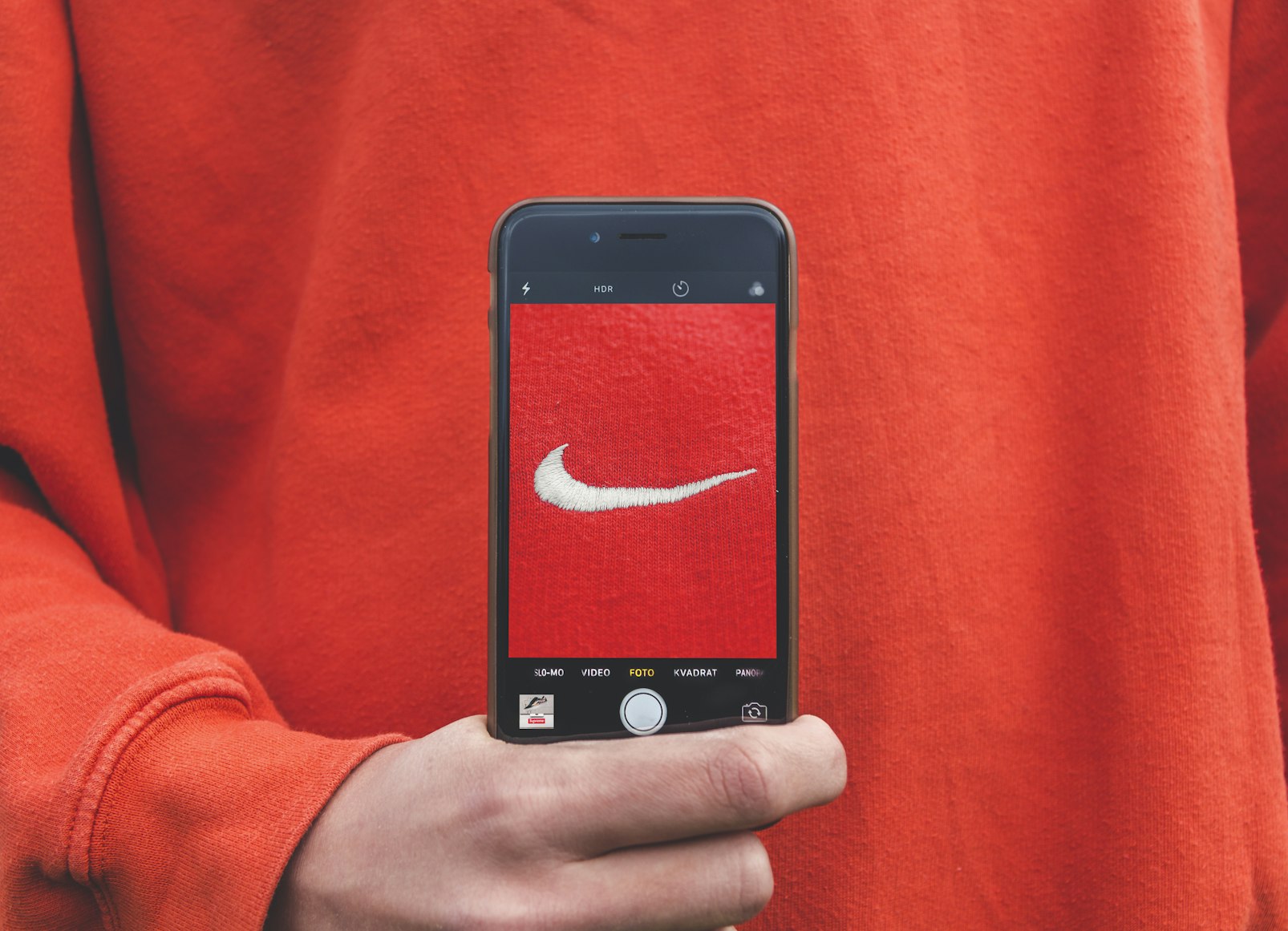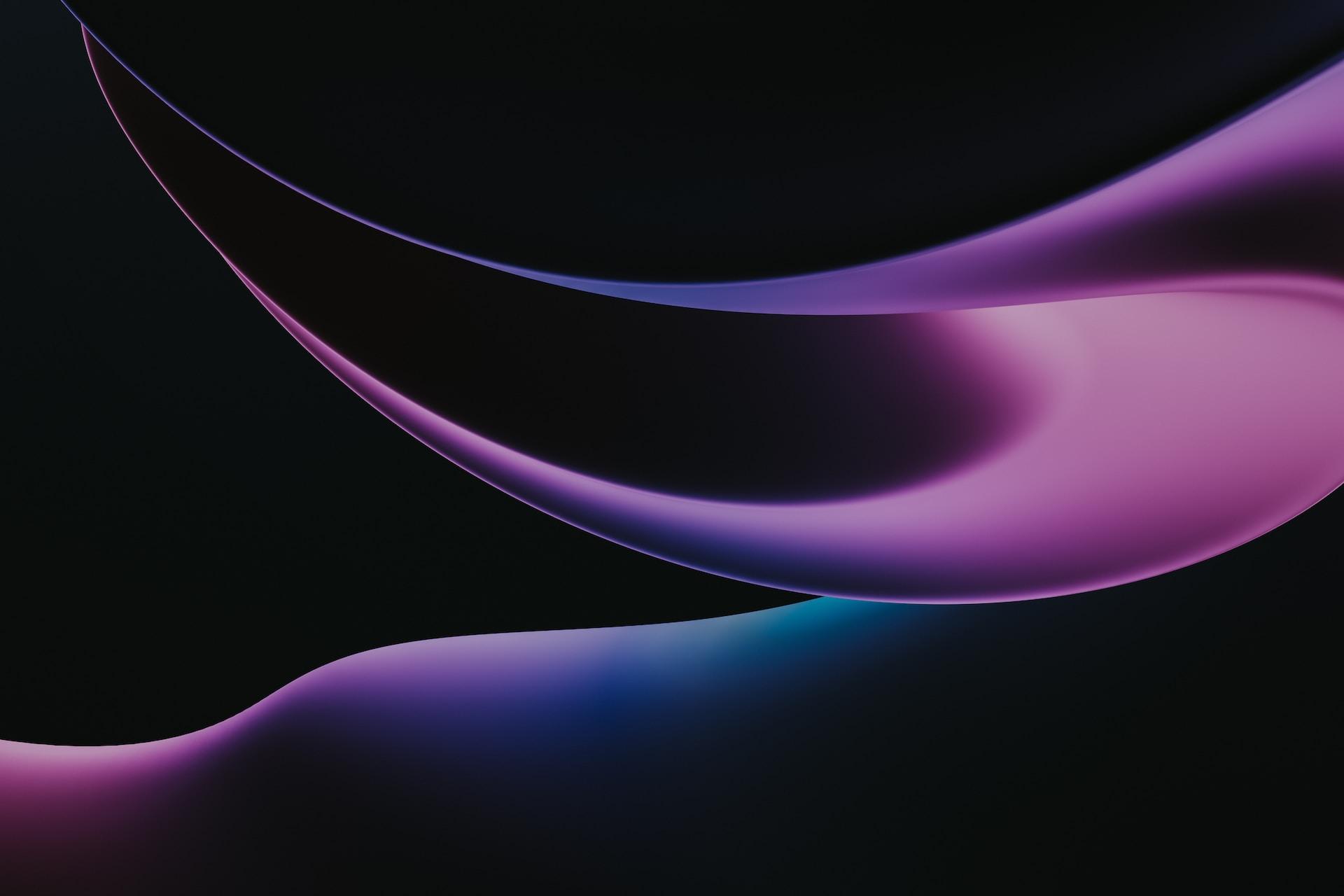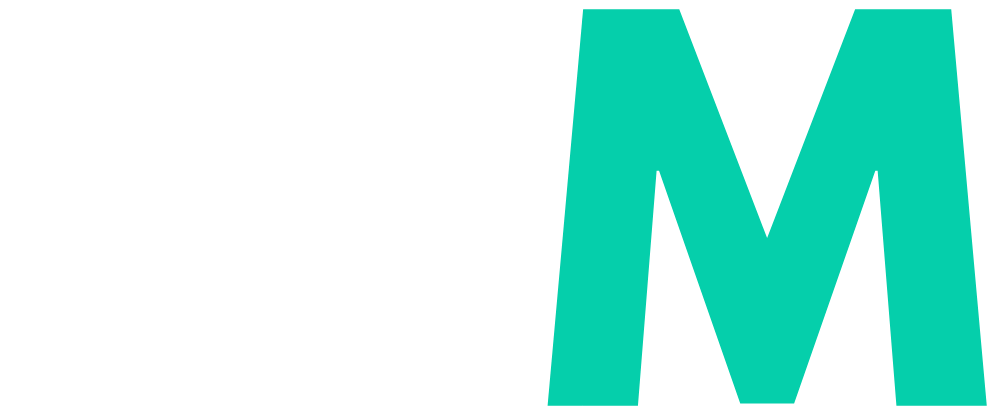In the world of marketing, it’s all about creating a unique brand identity that resonates with customers. And one of the most effective ways to do that is by using brand archetypes.
Brand archetypes are powerful storytelling tools that tap into the deep-rooted human psyche, allowing brands to create meaningful connections with their customers. By leveraging archetypes, brands can establish a distinct personality that sets them apart from their competitors and helps customers identify with them on a deeper level.
In this blog post, we’ll explore the world of brand archetypes, what they are, and how they can be used to create a compelling brand story.
What are brand archetypes?
In simple terms, a brand archetype is a universal character or personality that is recognized across different cultures and time periods. These archetypes are based on the work of Swiss psychologist Carl Jung, who believed that certain universal archetypes are present in the collective unconscious of all humans.
Brand archetypes are typically divided into 12 different categories, each with its own unique set of characteristics and traits. These categories include:
The Innocent
The Explorer
The Sage
The Hero
The Outlaw
The Magician
The Regular Guy/Girl
The Lover
The Jester
The Caregiver
The Creator
The Ruler

Brand archetypes — in-depth dive
1. The Innocent
The Innocent archetype is associated with purity, goodness, and optimism. They are idealistic, sincere, and often naive. Innocent brands focus on simplicity, honesty, and transparency in their messaging and seek to provide a sense of security and trust to their customers.
Examples: Dove, Coca-Cola, and The Body Shop
2. The Explorer
The Explorer archetype is all about adventure, self-discovery, and independence. They are driven by a desire to seek out new experiences and challenge the status quo. Explorer brands are often associated with travel, outdoor activities, and personal growth.
Examples: Patagonia, Jeep, and Red Bull
3. The Sage
The Sage archetype is characterized by wisdom, knowledge, and insight. They value education, understanding, and self-reflection. Sage brands focus on providing information, expertise, and guidance to their customers.
Examples: TED Talks, Harvard Business Review, and National Geographic
4. The Hero
The Hero archetype is all about courage, determination, and sacrifice. They are driven by a desire to overcome obstacles and achieve greatness. Hero brands focus on empowering their customers and inspiring them to overcome challenges.
Examples: Nike, Apple, and Under Armour

5. The Outlaw
The Outlaw archetype is associated with rebellion, non-conformity, and freedom. They are often seen as provocative, unconventional, and rebellious. Outlaw brands challenge the status quo and push boundaries.
Examples: Harley-Davidson, Diesel, and Virgin
6. The Magician
The Magician archetype is all about transformation, creativity, and innovation. They are seen as visionary, intuitive, and imaginative. Magician brands seek to inspire and awe their customers with their products and services.
Examples: Disney, Apple, and Tesla
7. The Regular Guy/Girl
The Regular Guy/Girl archetype is characterized by authenticity, simplicity, and humility. They are down-to-earth, approachable, and relatable. Regular Guy/Girl brands focus on creating a sense of community and belonging among their customers.
Examples: Walmart, Gap, and Ben & Jerry’s
8. The Lover
The Lover archetype is associated with passion, desire, and sensuality. They value intimacy, connection, and beauty. Lover brands focus on creating emotional connections with their customers and providing them with a sense of pleasure and enjoyment.
Examples: Victoria’s Secret, Chanel, and Godiva

9. The Jester
The Jester archetype is characterized by humor, playfulness, and spontaneity. They value enjoyment, lightheartedness, and laughter. Jester brands focus on entertaining their customers and providing them with a sense of joy and humor.
Examples: Old Spice, M&M’s, and Geico
10. The Caregiver
The Caregiver archetype is all about compassion, nurturing, and generosity. They value empathy, kindness, and selflessness. Caregiver brands focus on providing support, comfort, and care to their customers.
Examples: Johnson & Johnson, Tom’s Shoes, and Unicef
11. The Creator
The Creator archetype is all about imagination, innovation, and self-expression. They value creativity, originality, and individuality. Creator brands focus on inspiring their customers to express themselves and create something unique.
Examples: Lego, Adobe, and Etsy
12. The Ruler
The Ruler archetype is characterized by power, control, and authority. They value stability, order, and structure. Ruler brands focus on providing their customers with a sense of security and control.
Examples: Mercedes-Benz, Rolex, and American Express

How to use brand archetypes in marketing?
Using brand archetypes in marketing is all about creating a consistent brand story that reinforces your brand’s personality. Here are some tips to get started:
- Identify your brand archetype: Start by identifying the archetype that best represents your brand's personality. This can be done by understanding your brand's values, mission, and target audience.
- Develop your brand story: Once you've identified your brand archetype, you can develop a brand story that aligns with your brand's personality. This story should be consistent across all your marketing channels, from your website to your social media profiles.
- Use visuals to reinforce your story: Visuals can be a powerful tool for reinforcing your brand story. From your logo to your website design, use visuals that align with your brand's personality and archetype.
- Be consistent: Consistency is key when it comes to using brand archetypes in marketing. Make sure that your brand story is consistent across all your marketing channels, and that your visuals and messaging align with your brand's personality.

Conclusion
Understanding and utilizing brand archetypes can help businesses establish a strong identity, differentiate themselves from competitors, and create a connection with their customers. By choosing a brand archetype that aligns with their values, businesses can create a consistent brand story that resonates with their audience and creates a lasting impression.
Tapping into the deep-rooted human psyche can help brands create meaningful connections with their customers and establish a distinct personality that sets them apart from their competitors. So if you’re looking to create a compelling brand story, consider using brand archetypes to unleash the power of storytelling in your marketing efforts. Or you can contact us at GEM and we’ll do it for you!
Featured
Storytelling through visuals
We can offer a wealth of expertise and experience when it comes to creating a brand identity for a company. By working with us, you can benefit from our knowledge of market trends, consumer behavior, and design principles.
We can provide an objective perspective on a company’s brand, which can be invaluable in creating a brand that truly resonates with customers.






